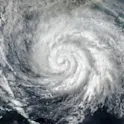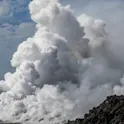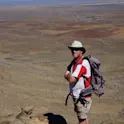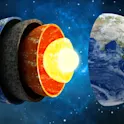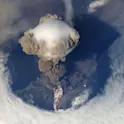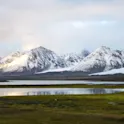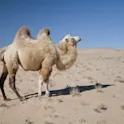
Earth science
25 Mar 2022
Last of the giant camels and archaic humans lived together in Mongolia until 27,000 years ago
By Mischa Dijkstra, Frontiers science writer Camelus knoblochi would have dwarfed the modern domestic Bactrian camel, Camelus bactrianus, which also has two humps. Image credit: Bandurka/Shutterstock.com This is the first report of fossils of a species of giant camel, Camelus knoblochi, from today’s Mongolia. The author show that the species’ last refuge in the world was in Mongolia until 27,000 years ago. There, they coexisted with archaic humans and the much smaller wild Bactrian camel C. ferus. Climate changing leading to desertification and possibly hunting by humans and competition with C. ferus drove C. knoblochi into extinction. A species of giant two-humped camel, Camelus knoblochi, is known to have lived for approximately a quarter of a million years in Central Asia. A new study in Frontiers in Earth Science shows that C. knoblochi’s last refuge was in Mongolia, until approximately 27,000 years ago. In Mongolia, the last of the species coexisted with anatomically modern humans and maybe the extinct Neanderthals or Denisovans. While the main cause of C. knoblochi’s extinction seems to have been climate change, hunting by archaic humans may also have played a role. “Here we show that the extinct camel Camelus knoblochi persisted in Mongolia until climatic […]
